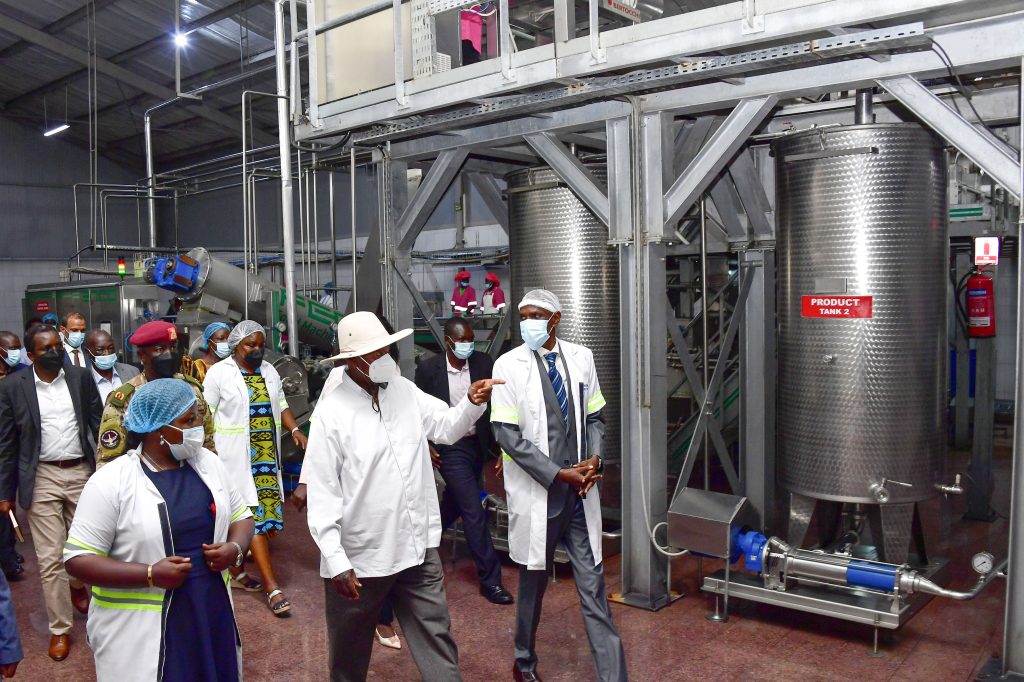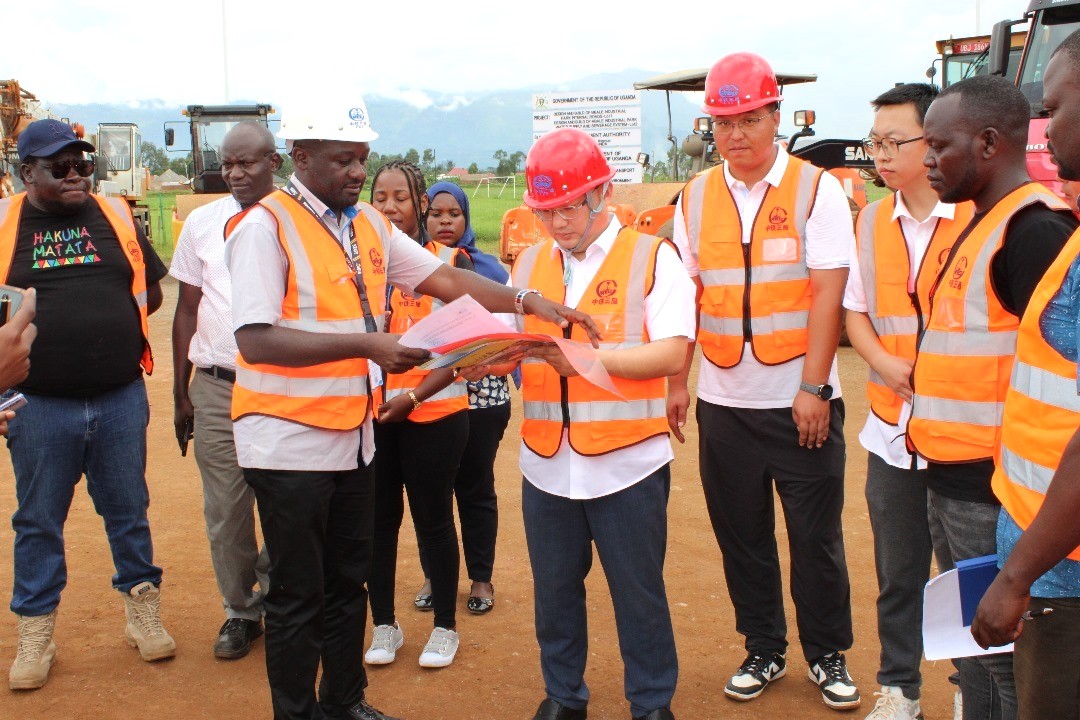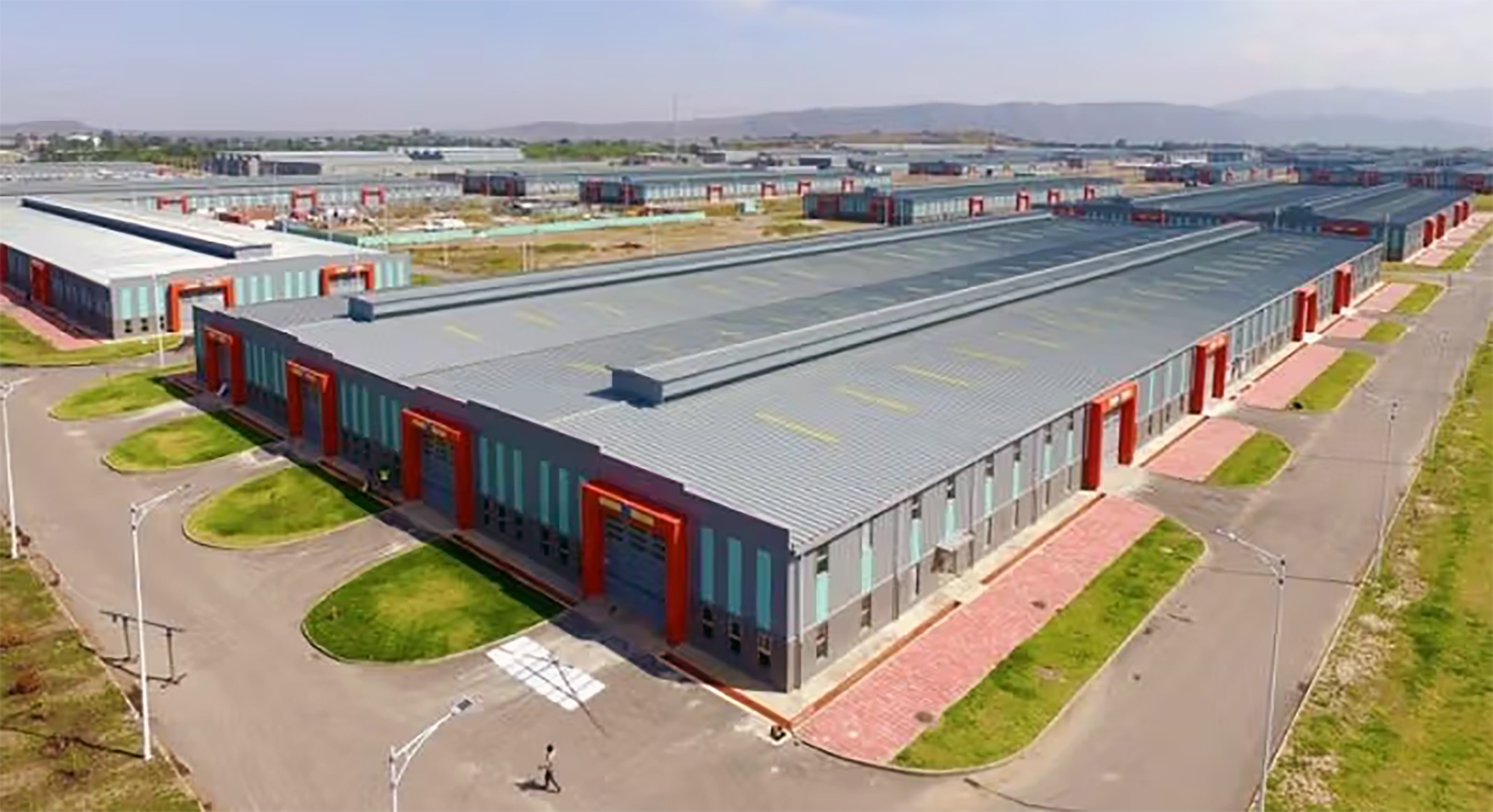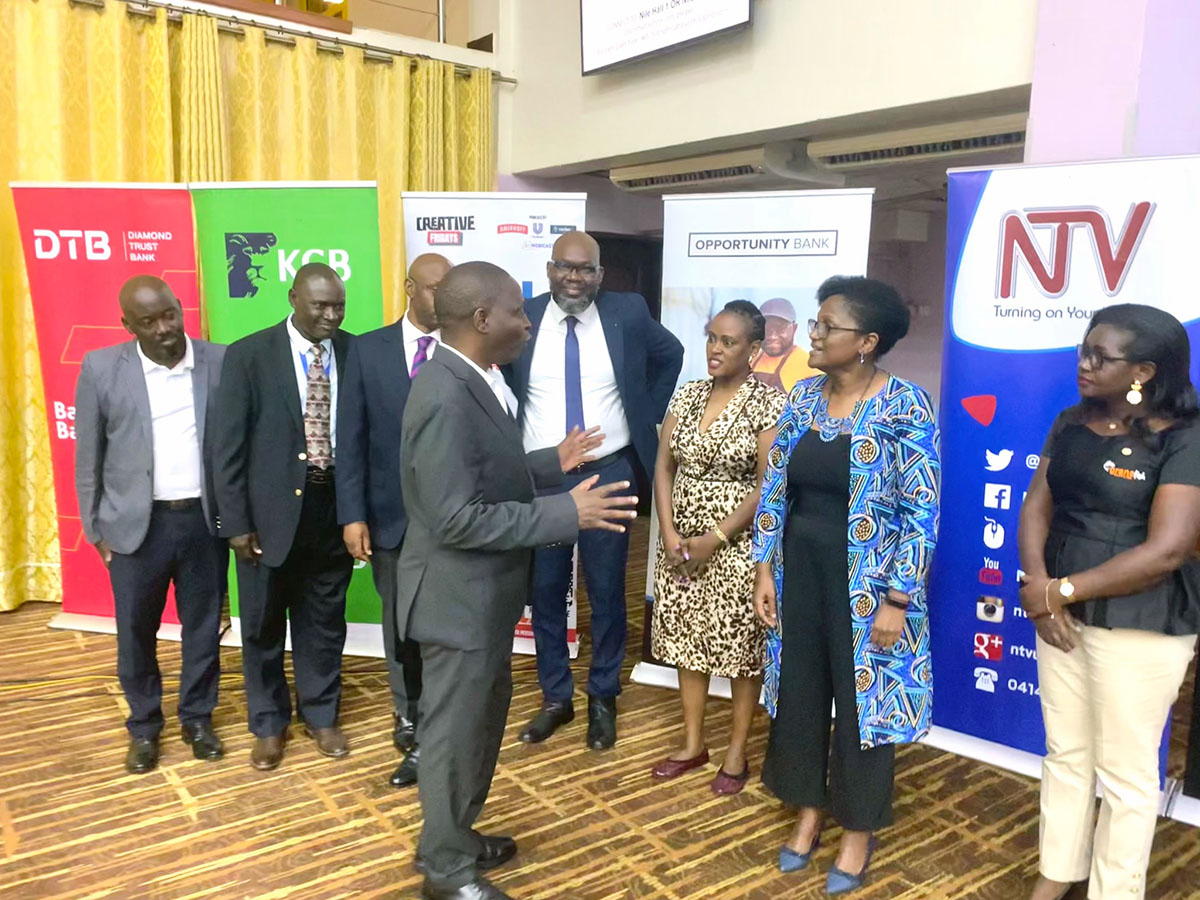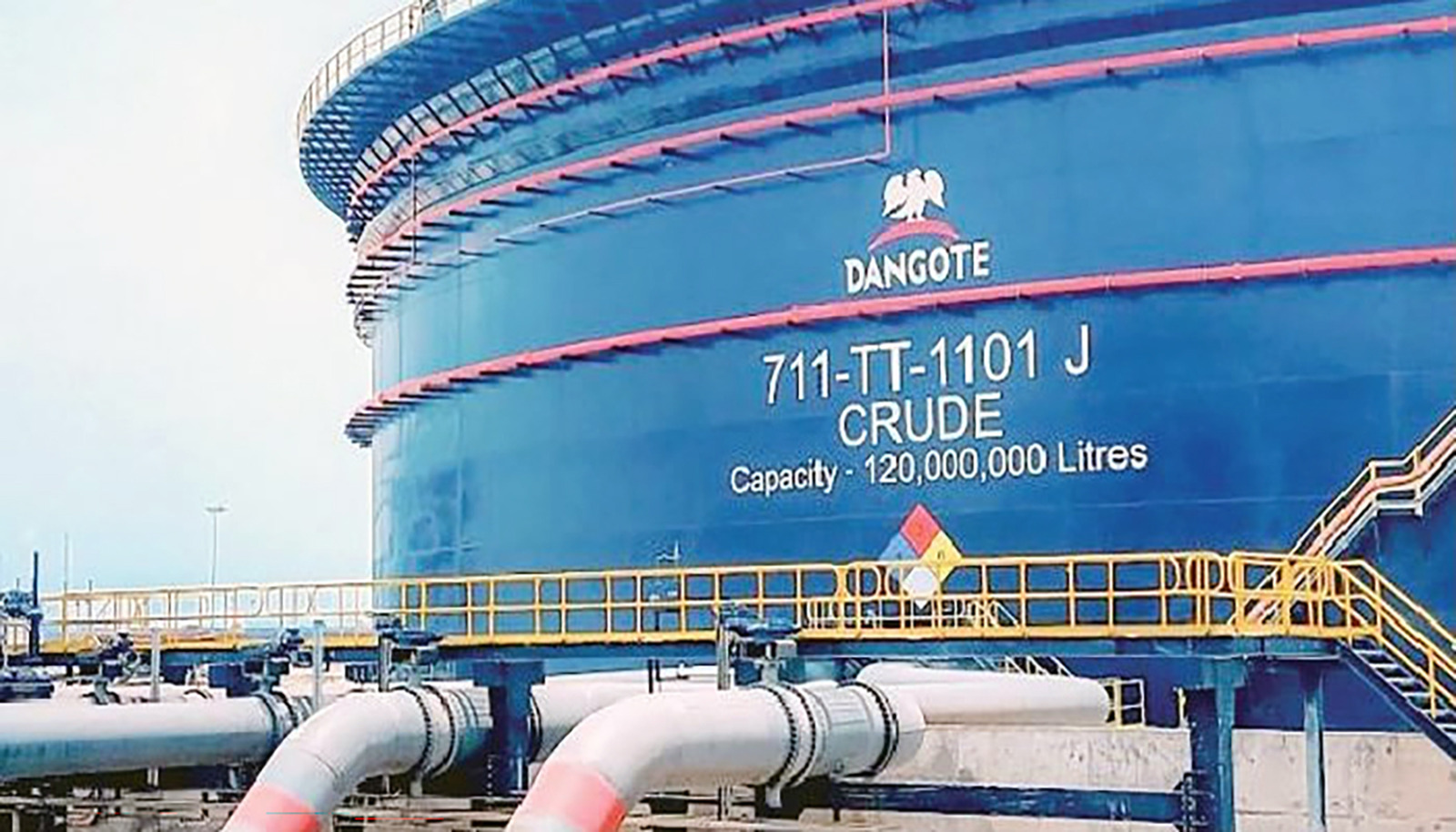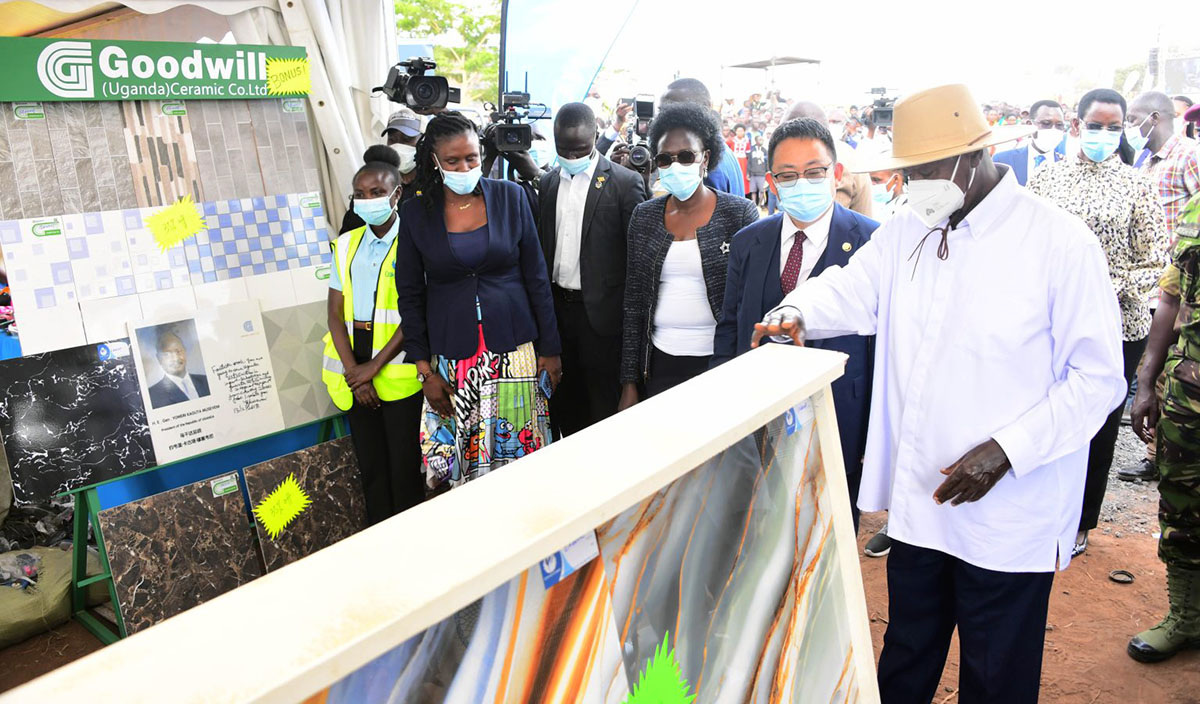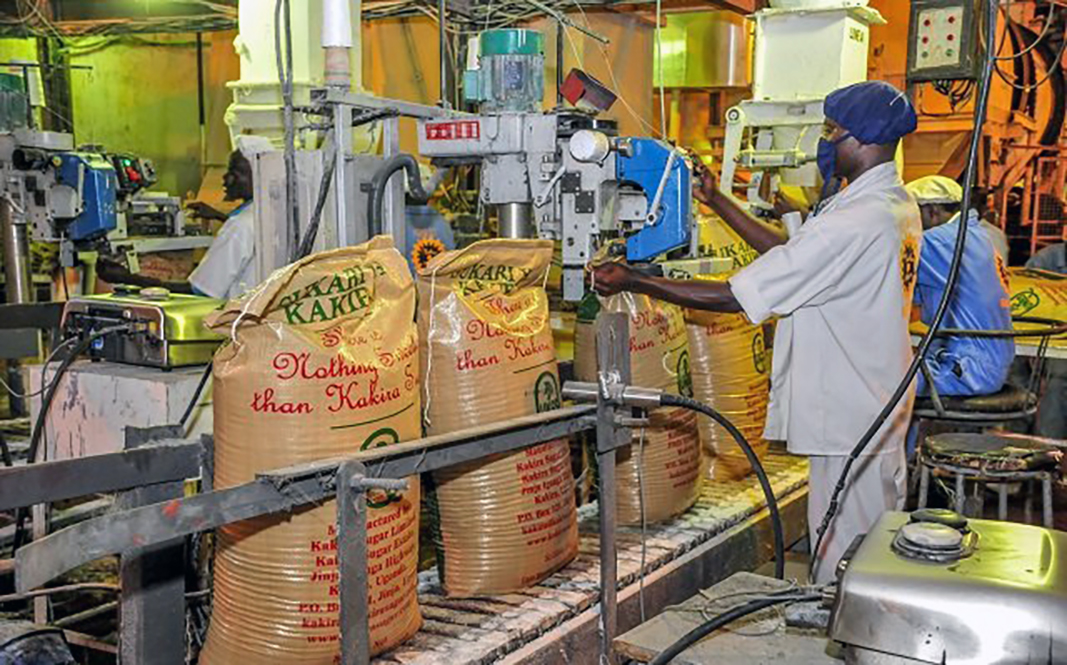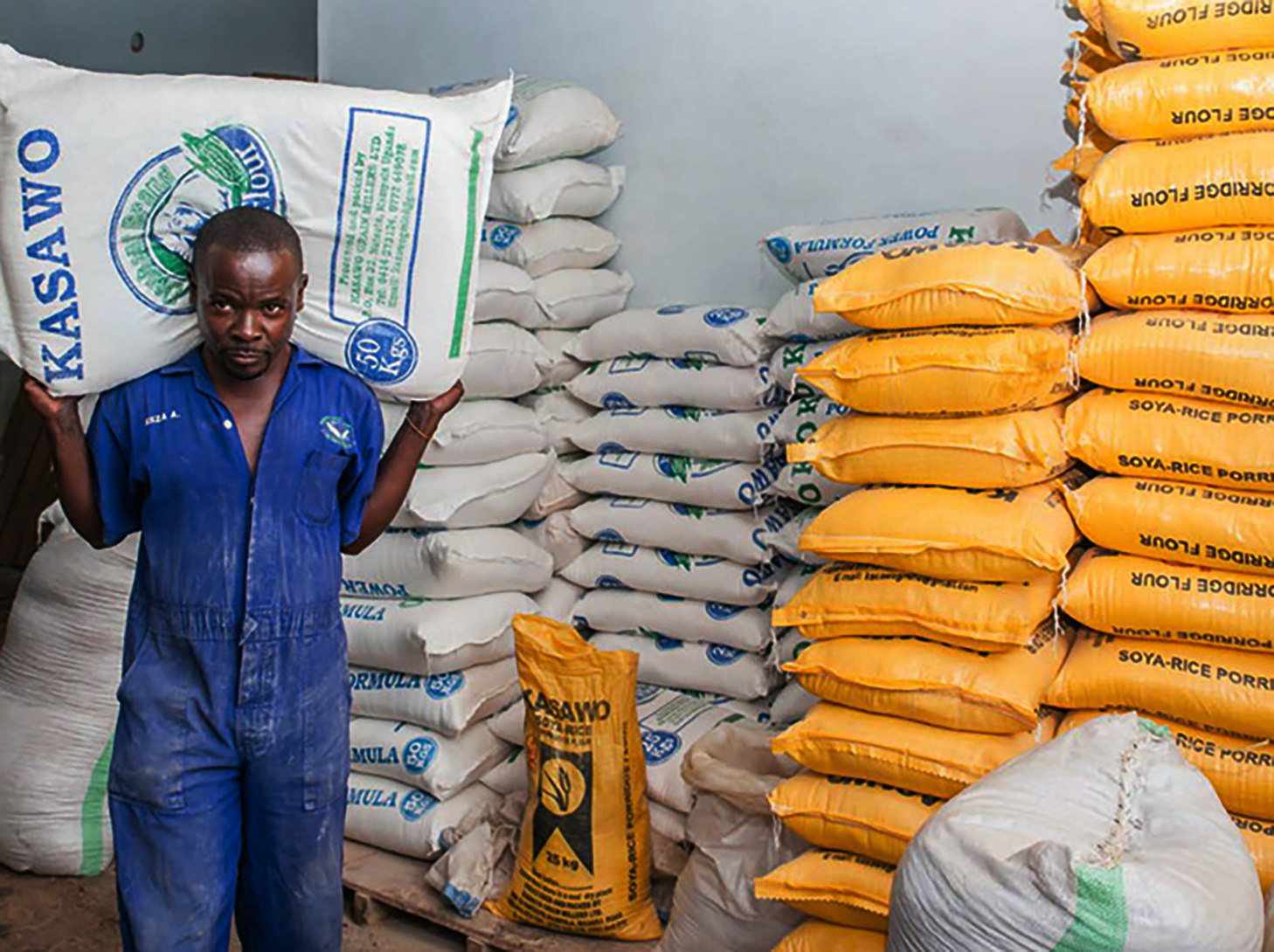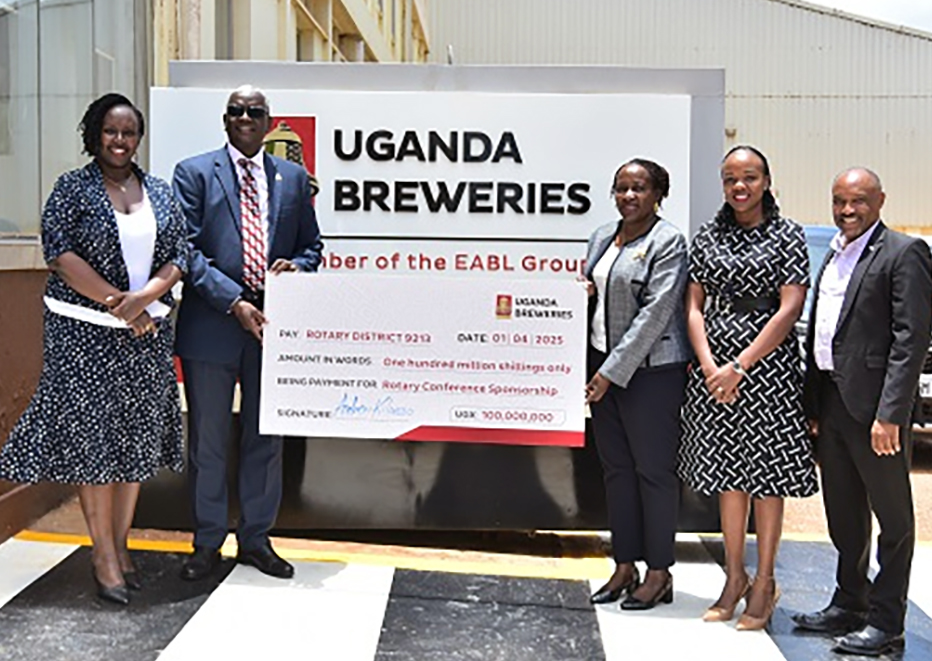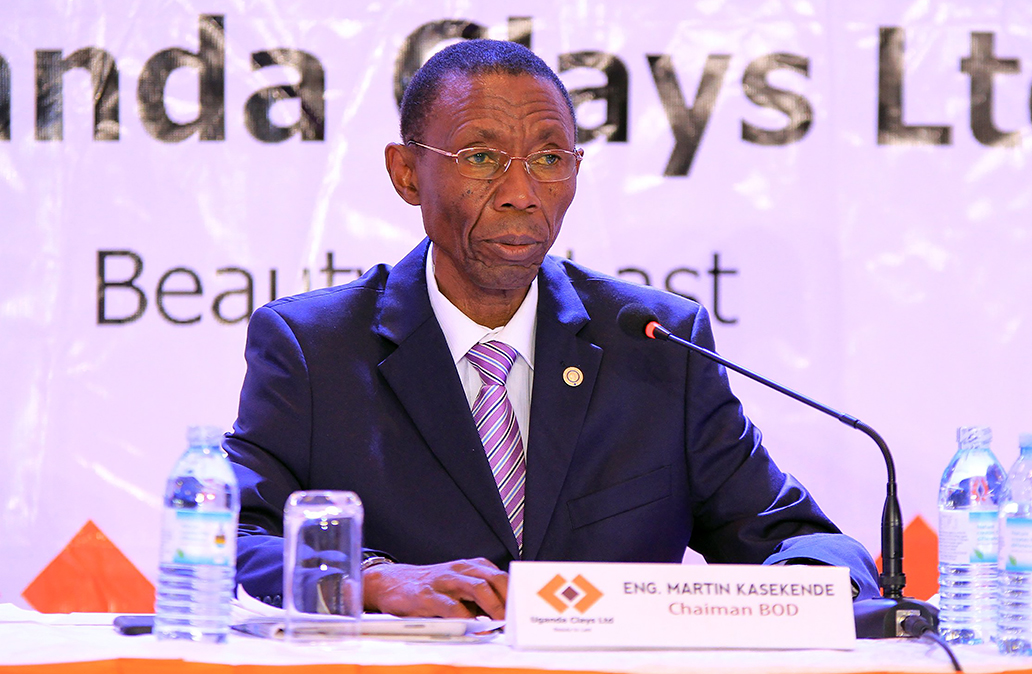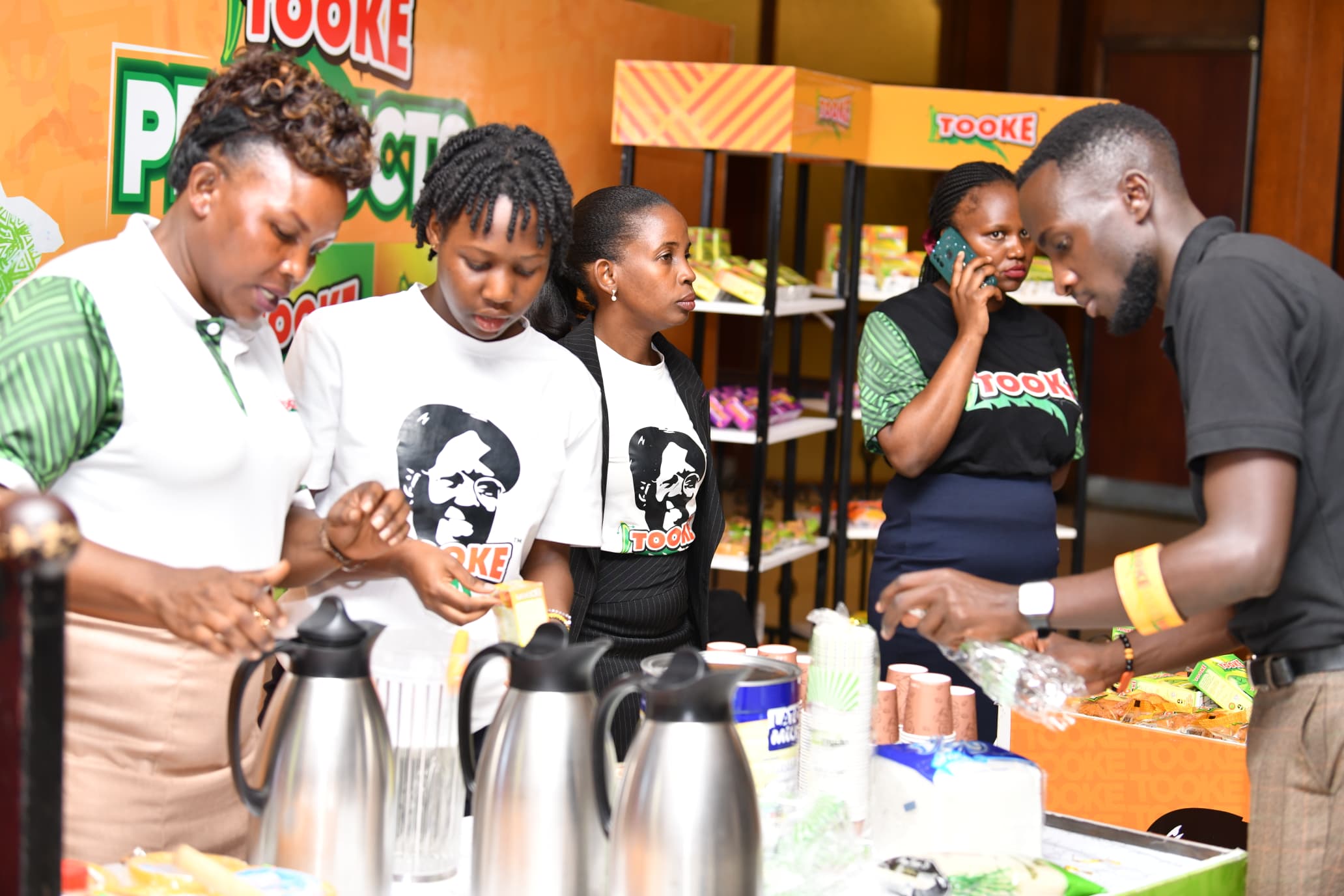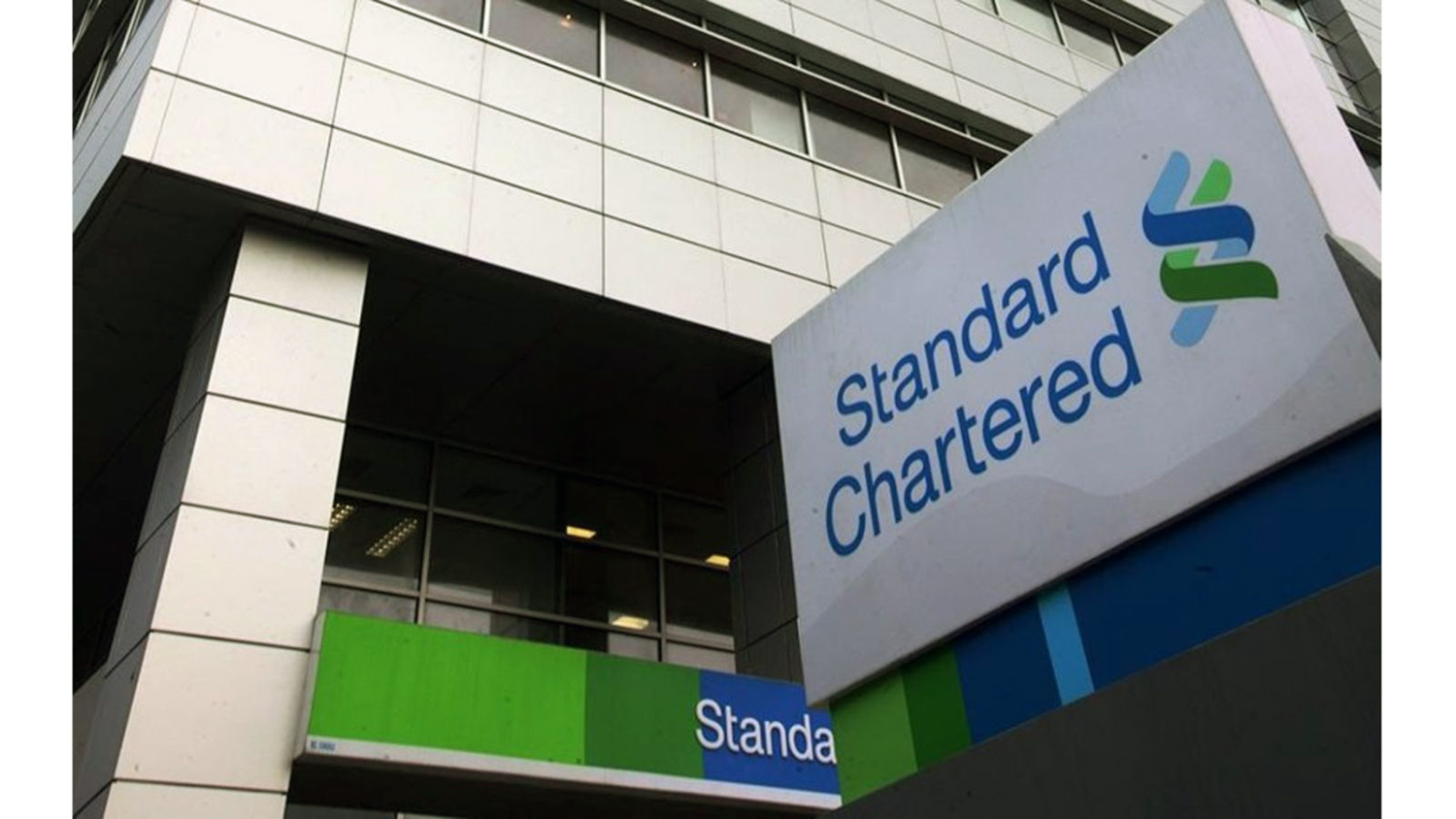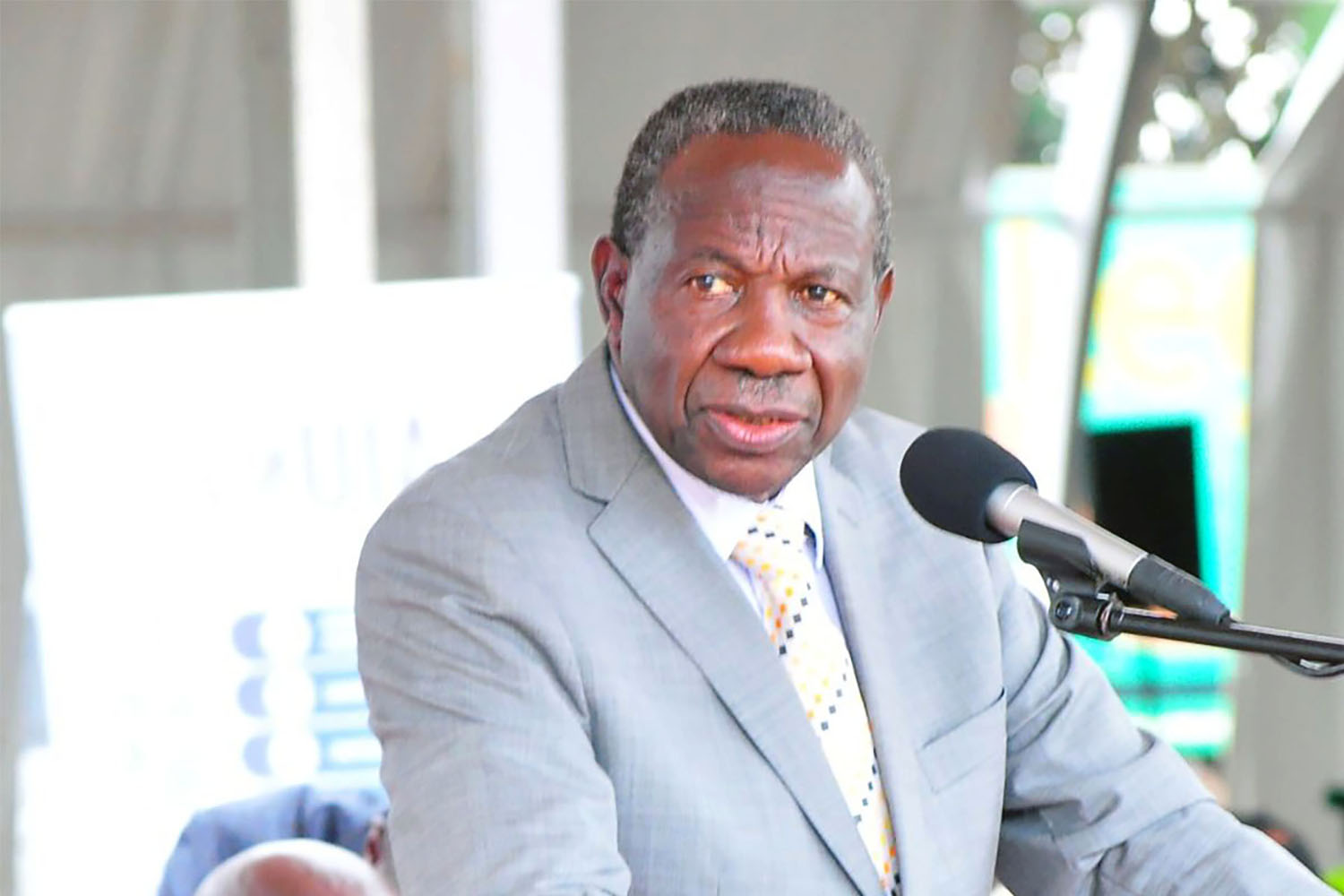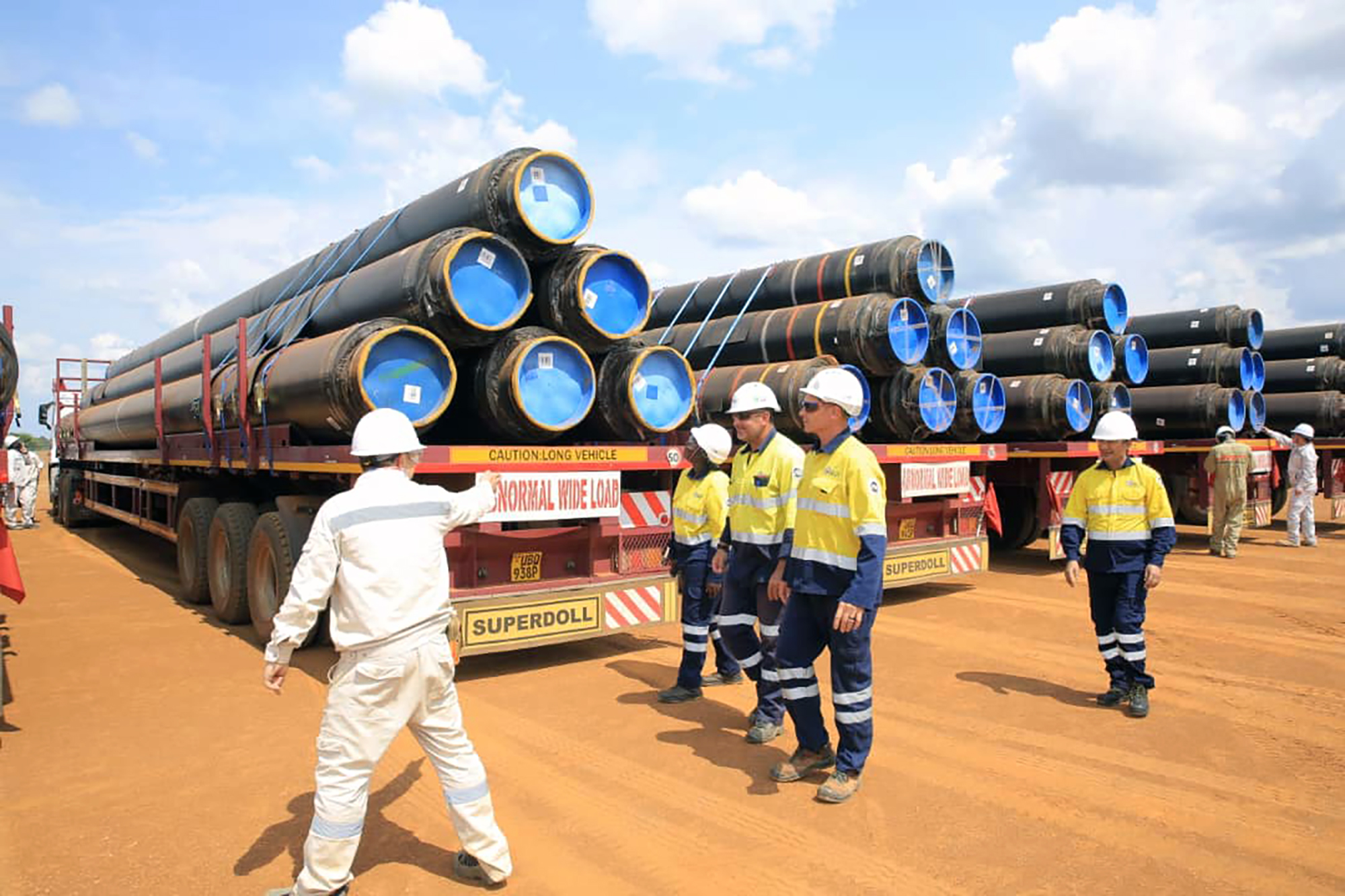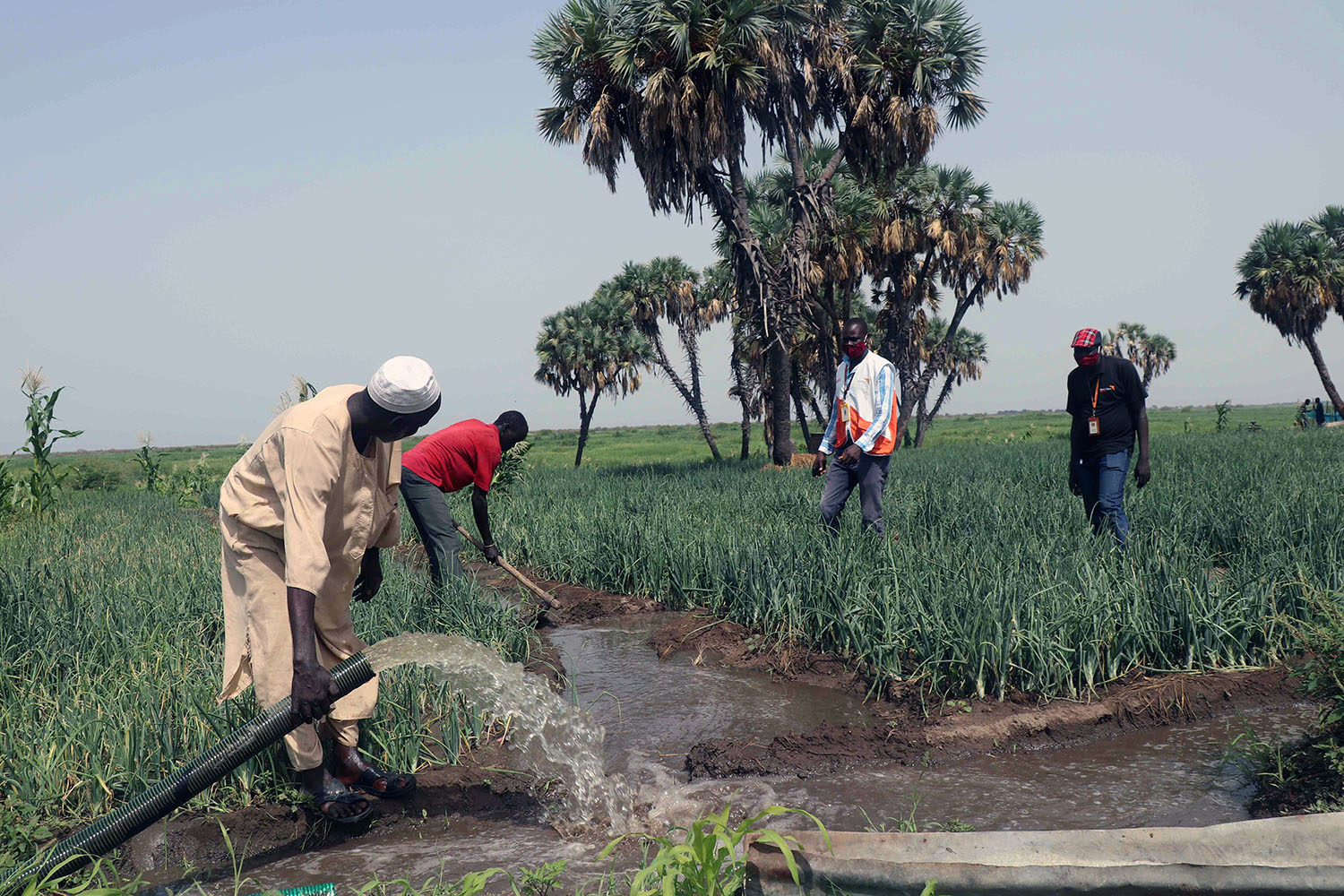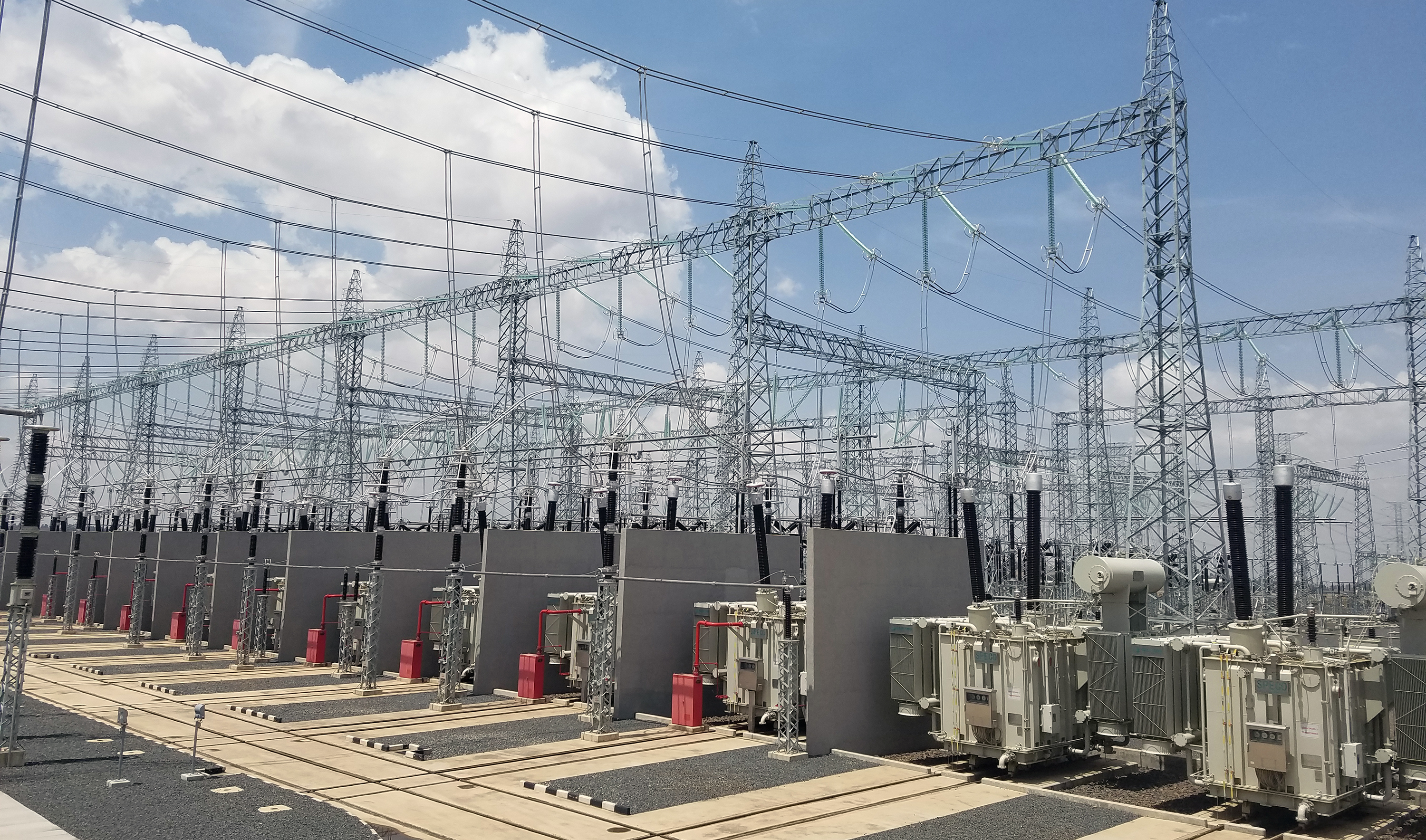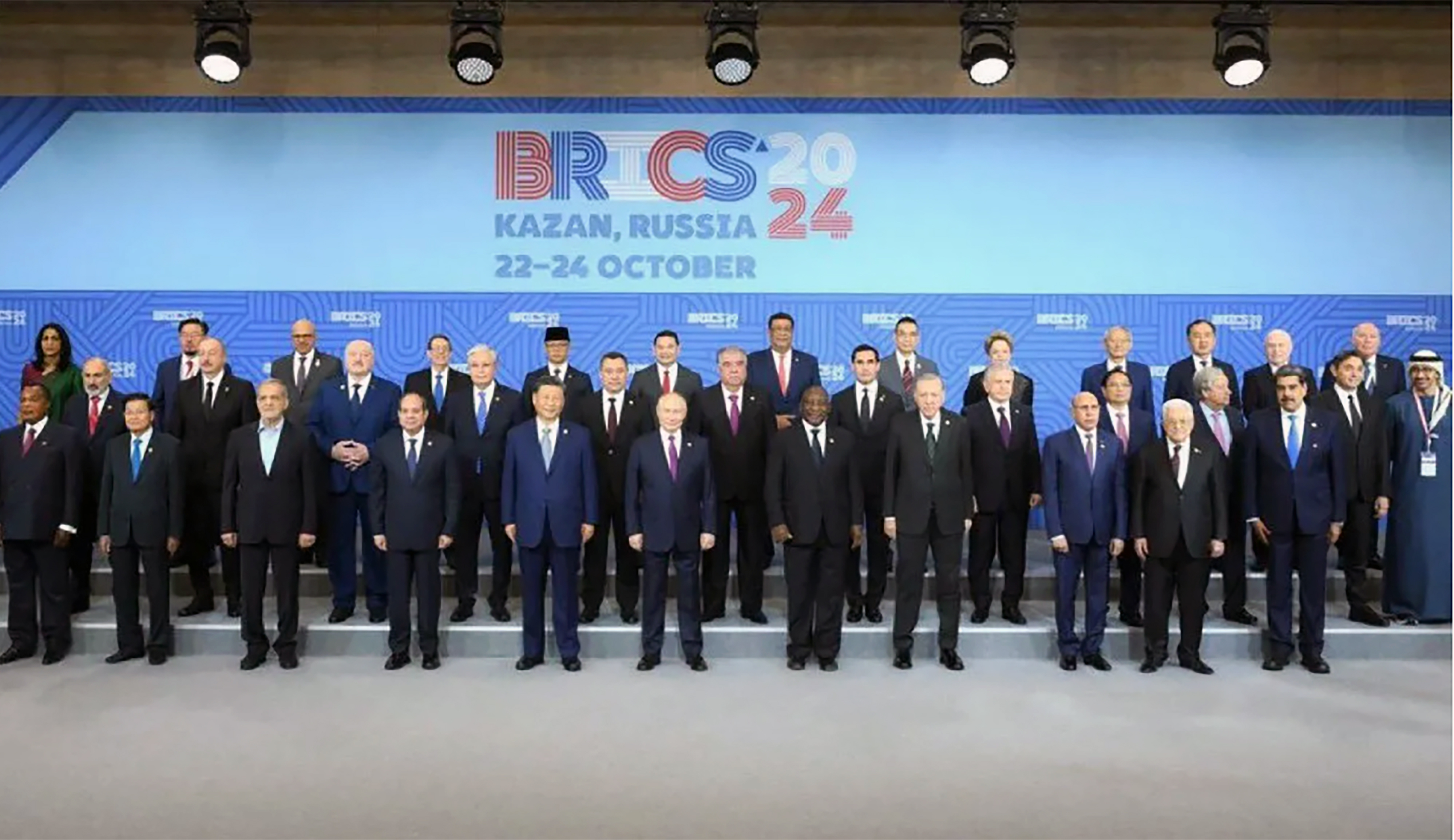Private sector growth trend persists amid headwinds

President Yoweri Museveni (in white shirt) presides over the official launch of the construction of the Bukasa-Sentema Rd in Wakiso, aimed at improving trade and investment in the district.
Uganda’s private sector continued its growth trajectory in July, with new orders and business activity maintaining strong momentum, according to the latest Stanbic Bank Purchasing Managers’ Index (PMI) report.
The headline PMI reading stood at 53.6 in July, down from 55.6 in June but comfortably above the 50.0 threshold that signals an improvement in business conditions. This marks the sixth consecutive month of private sector expansion, reflecting sustained economic resilience in the face of rising costs.
Christopher Legilisho, Economist at Stanbic Bank, said the latest data shows that businesses remain confident and active despite economic headwinds. “The Stanbic Bank PMI signalled further expansion in July amid healthy economic conditions in the private sector. The increase in new orders led to a rise in purchasing activity and a renewed increase in backlogs of work, the first since December,” he said.
- The report highlighted that business activity and new sales continued to grow across all sectors, supported by strong client demand and successful acquisition of new customers. This growth was particularly notable in services, wholesale and retail, and agriculture, which all recorded robust performance.
Employment trends were also positive, with firms increasing their workforce to manage higher workloads. Both permanent and temporary hires rose, indicating short-term operational needs and longer-term growth expectations.
The manufacturing sector, however, was the only segment to register a decline in employment, suggesting sector-specific challenges such as competition from imports or higher production costs.
- Input costs rose across the board in July, driven by higher wages, fuel prices, and utility bills. These increases prompted most businesses to raise their selling prices to protect profit margins.
 A panel of experts at the event.
A panel of experts at the event.The construction sector was an exception, where selling prices fell despite higher costs, possibly as a strategy to maintain competitiveness in a tight market.
While higher prices can put pressure on consumers, moderate inflation stemming from increased production costs often reflects a growing economy where demand supports upward price adjustments.
The survey also revealed that firms remain optimistic about future business conditions. Many anticipate that continued government investment in infrastructure, coupled with private sector initiatives, will drive strong growth in the coming months.
This optimism is underpinned by Uganda’s stable macroeconomic environment, ongoing improvements in electricity access, and a steady recovery in regional trade.
- The PMI, compiled by S&P Global for Stanbic Bank, is based on responses from around 400 purchasing managers across agriculture, manufacturing, construction, wholesale and retail, and services.
It is a weighted average of five indices: new orders, output, employment, suppliers’ delivery times, and stock of purchases. A reading above 50.0 indicates an improvement in private sector conditions, while below 50.0 signals a deterioration.
The sustained PMI reading above 50.0 is a clear signal that Uganda’s private sector is not only recovering from past economic disruptions but also expanding at a healthy pace. This momentum has wide-reaching effects for the economy. More jobs are being created, increasing household incomes and supporting domestic consumption, which in turn boosts GDP growth. Continued improvement in business conditions sends a positive message to both local and international investors, encouraging new capital inflows into key sectors such as manufacturing, services, and agribusiness.



.jpg)

